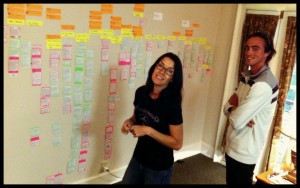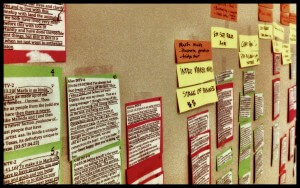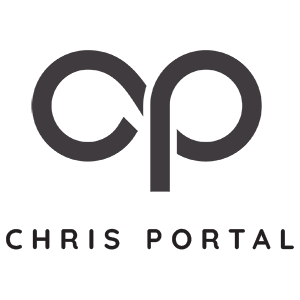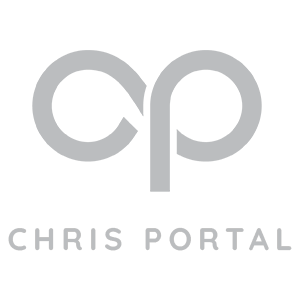[iframe: src=”http://player.vimeo.com/video/28141831?title=0&byline=0&portrait=0&color=fbca54″ width=”960″ height=”540″ frameborder=”0″]
This is belated post, but after spending hours transcribing our interviews on day 8, day 9 was all about the paper edit, i.e. breaking down your transcripts into a series of note cards, each with a sound bite from your interview, and using those as a basis to describe the story, characters, beats, hooks, B-roll, etc. that will make up your film. It’s a way of laying out the entire structure of your film, discuss it as a group, and quickly and easily re-structure areas that need refining. My team spent about 17 hours on Tuesday going through this process. For most of it, I had my Canon 5D set up, taking pictures every 2 seconds. After processing and editing 82GB worth of pictures (~13,000 stills at 5,616 x 3,744), I was finally able to generate a time-lapse video offering a peak at what day 9 at the Barefoot Workshops was like.
 |
 |
| Kari and Russell working on their team’s paper edit | Sound bites selected from the transcribed interviews |
Despite us itching to start editing, it was a hugely valuable process. I can see it being useful for narrative films, but is especially useful for documentaries where the story sometimes needs to be discovered based on the footage you have. In the software world, it was very similar to creating a paper prototype of some graphical interface you will be implementing in order to test out your ideas, validate them with others, and when they don’t work, quickly and easily refine them to test new ideas out.

